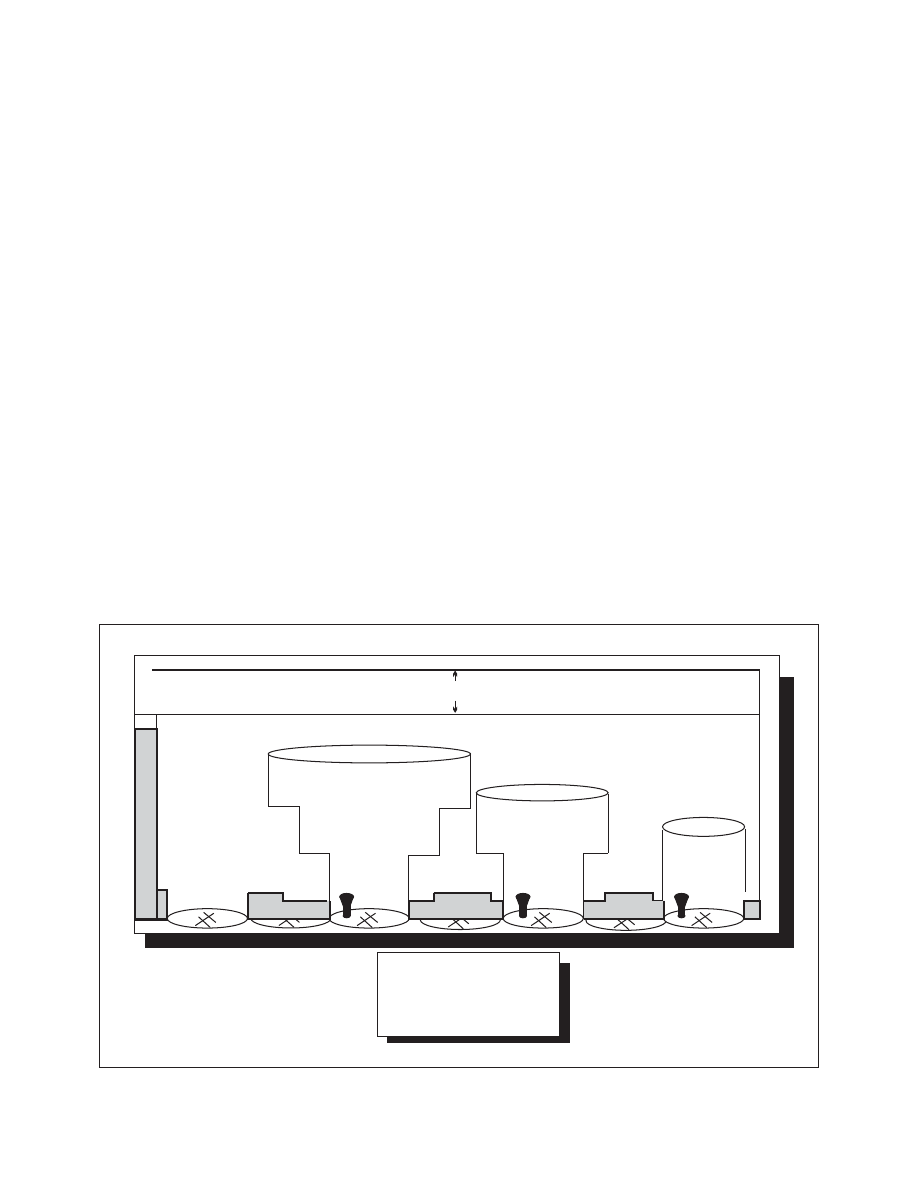
AIM
10/12/17
3
−
2
−
1
Controlled Airspace
Section 2. Controlled Airspace
3
−
2
−
1. General
a. Controlled Airspace.
A generic term that
covers the different classification of airspace
(Class A, Class B, Class C, Class D, and Class E
airspace) and defined dimensions within which air
traffic control service is provided to IFR flights and
to VFR flights in accordance with the airspace
classification. (See FIG 3
−
2
−
1.)
b. IFR Requirements.
IFR operations in any
class of controlled airspace requires that a pilot must
file an IFR flight plan and receive an appropriate ATC
clearance.
c. IFR Separation.
Standard IFR separation is
provided to all aircraft operating under IFR in
controlled airspace.
d. VFR Requirements.
It is the responsibility of
the pilot to ensure that ATC clearance or radio
communication requirements are met prior to entry
into Class B, Class C, or Class D airspace. The pilot
retains this responsibility when receiving ATC radar
advisories. (See 14 CFR Part 91.)
e. Traffic Advisories.
Traffic advisories will be
provided to all aircraft as the controller’s work
situation permits.
f. Safety Alerts.
Safety Alerts are mandatory
services and are provided to ALL aircraft. There are
two types of Safety Alerts:
1. Terrain/Obstruction Alert.
A Terrain/
Obstruction Alert is issued when, in the controller’s
judgment, an aircraft’s altitude places it in unsafe
proximity to terrain and/or obstructions; and
2. Aircraft Conflict/Mode C Intruder Alert.
An Aircraft Conflict/Mode C Intruder Alert is issued
if the controller observes another aircraft which
places it in an unsafe proximity. When feasible, the
controller will offer the pilot an alternative course of
action.
FIG 3
−
2
−
1
Airspace Classes
MSL - mean sea level
AGL - above ground level
FL - flight level
CLASS B
CLASS B
CLASS C
CLASS C
CLASS E
CLASS E
CLASS D
CL ASS D
CLASS G
CLASS G
CLASS G
CLASS G
CLASS G
CLASS G
Nontowered
Airport
Nontowered
Airport
FL 600
18,000 MSL
FL 600
18,000 MSL
14,500 MSL
14,500 MSL
1,200 AGL
700 AGL
CLASS A
CLASS A